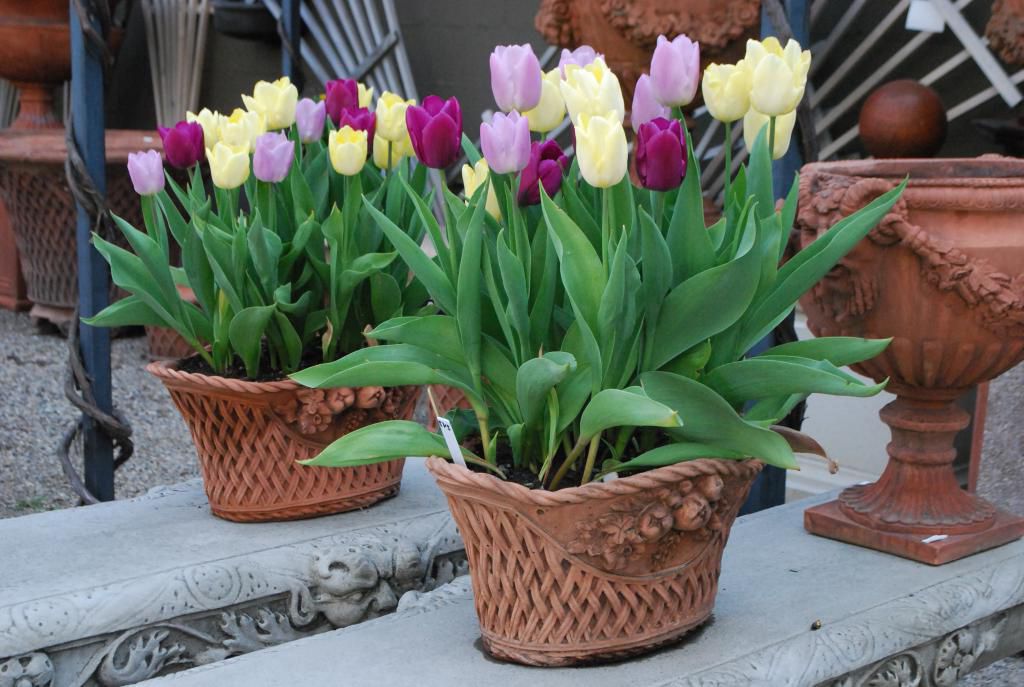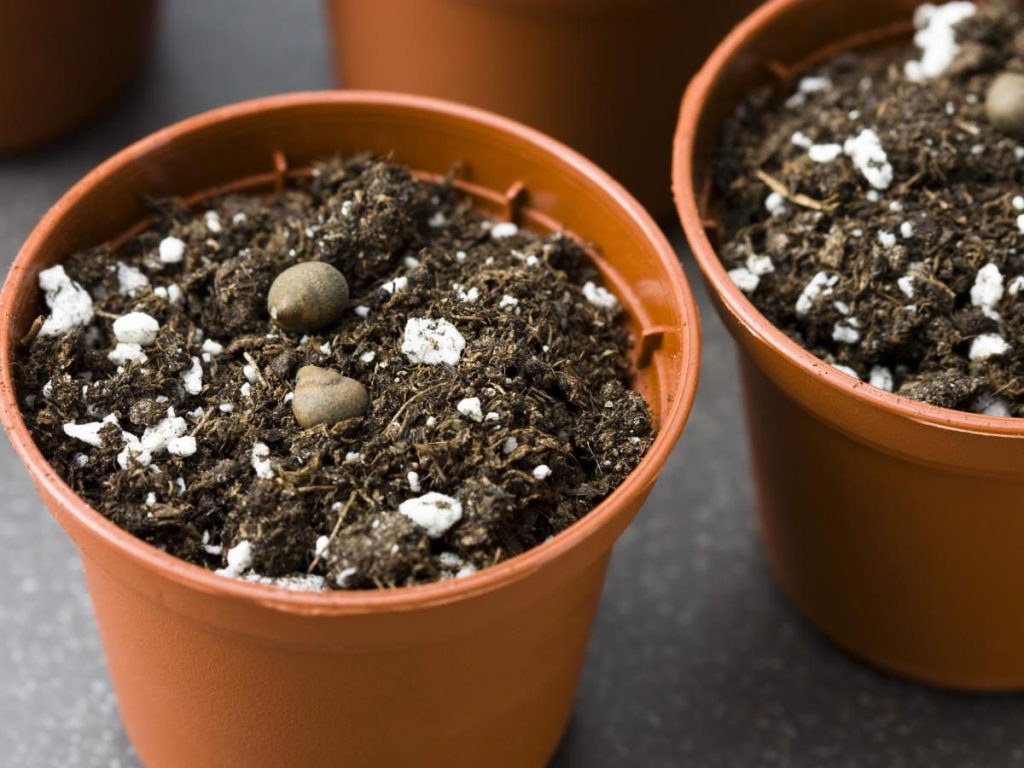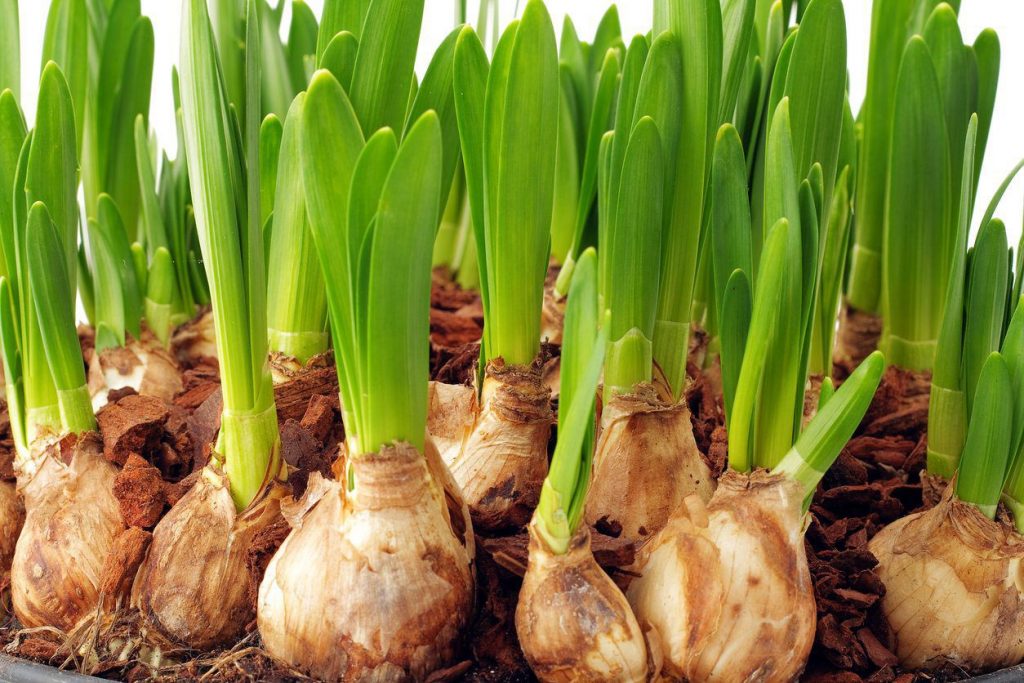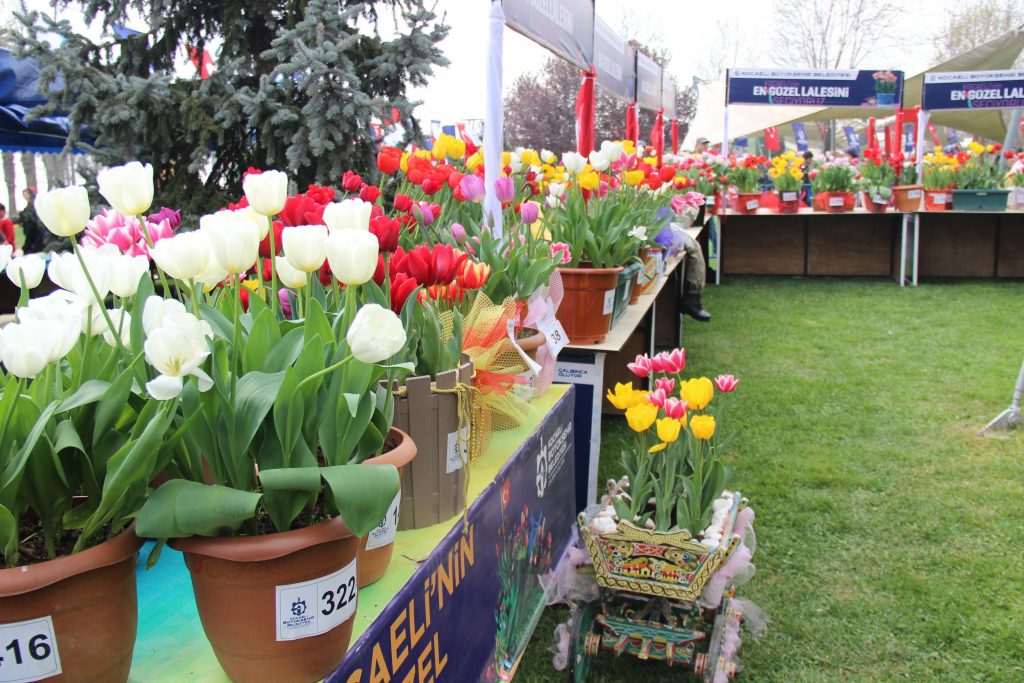
Tulips are one of the most beloved spring flowers, and they can add a splash of color and charm to any space. But what if you don’t have a garden, or you want to enjoy tulips indoors? The good news is that you can grow tulips in pots, and they can thrive with proper care. In this article, we will show you How to Plant Tulip Bulbs in Pots, from planting to blooming and beyond.
Choose the Right Pot and Soil
The first step in caring for tulips in pots is to choose the right pot and soil. Tulips need a pot that is large enough to accommodate their bulbs and roots, and that has drainage holes at the bottom. A pot that is too small or too shallow can cause the bulbs to rot or dry out. A pot that is too big or too deep can make the tulips grow leggy or floppy. A good rule of thumb is to choose a pot that is about twice as wide and deep as the bulbs.
The soil you use for your tulips in pots should be well-drained, fertile, and slightly acidic. You can use a commercial potting mix, or make your own by mixing equal parts of peat moss, perlite, and compost. Avoid using garden soil, as it can be too heavy, compacted, or contaminated for your tulips. You can also add some slow-release tulip fertilizer to the soil, to provide your tulips with the nutrients they need.

Plant the Bulbs Correctly
The next step in caring for tulips in pots is to plant the bulbs correctly. Tulips are best planted in the fall, about 6 weeks before the first frost, so that they can develop roots and go through a cold period before flowering. To plant the bulbs, follow these steps:
- Fill the pot with soil, leaving about 2 inches of space from the top.
- Place the bulbs on the soil, with the pointed end facing up and the flat end facing down. You can plant the bulbs close together, but not touching each other or the sides of the pot. You can also plant the bulbs in layers, with larger bulbs at the bottom and smaller ones at the top, to create a fuller and more colorful display.
- Cover the bulbs with more soil, leaving about an inch of space from the top of the pot. The tips of the bulbs should be slightly below the soil surface.
- Water the pot thoroughly, until the water drains out of the bottom. Do not overwater, as this can cause the bulbs to rot.
- Label the pot with the name, color, and variety of the tulips, and place it in a cool, dark, and dry place, such as a garage, a basement, or a refrigerator. The ideal temperature range is between 4°C and 10°C (40°F and 50°F).
- Check the pot periodically for any signs of sprouting, rotting, or mold, and remove any that are affected.

Move the Pot to a Sunny Spot
The final step in caring for tulips in pots is to move the pot to a sunny spot when the tulips start to sprout. This usually happens after about 12 to 16 weeks of chilling, depending on the variety and the temperature. To move the pot, follow these steps:
- Gradually acclimate the tulips to the light and the temperature, by moving the pot to a brighter and warmer place every few days. For example, you can move the pot from the garage to the porch, then to the patio, then to the window sill, over the course of a week or two.
- Choose a spot that gets at least 6 hours of direct sunlight per day, and that is protected from strong winds and frost. You can also rotate the pot every few days, to ensure even growth and flowering.
- Water the pot regularly, keeping the soil moist but not soggy. You can also apply a liquid fertilizer every two weeks, to boost the blooming and the health of the tulips.
- Enjoy the beauty and fragrance of your tulips in pots, and cut off the faded flowers to encourage more blooms. Do not cut off tulip leaves, as they are still needed to feed the bulbs.

Tulips are wonderful flowers that can brighten up any space, and they can be grown in pots with proper care. By following these simple tips on how to care for tulips in pots, you can enjoy the beauty and charm of these spring flowers, even if you don’t have a garden. Also Tulip flowers represent that you have a perfect love and affection for someone, especially if they are red. They also symbolize rebirth, friendship, charity, family and happiness in different contexts. Happy potting!
